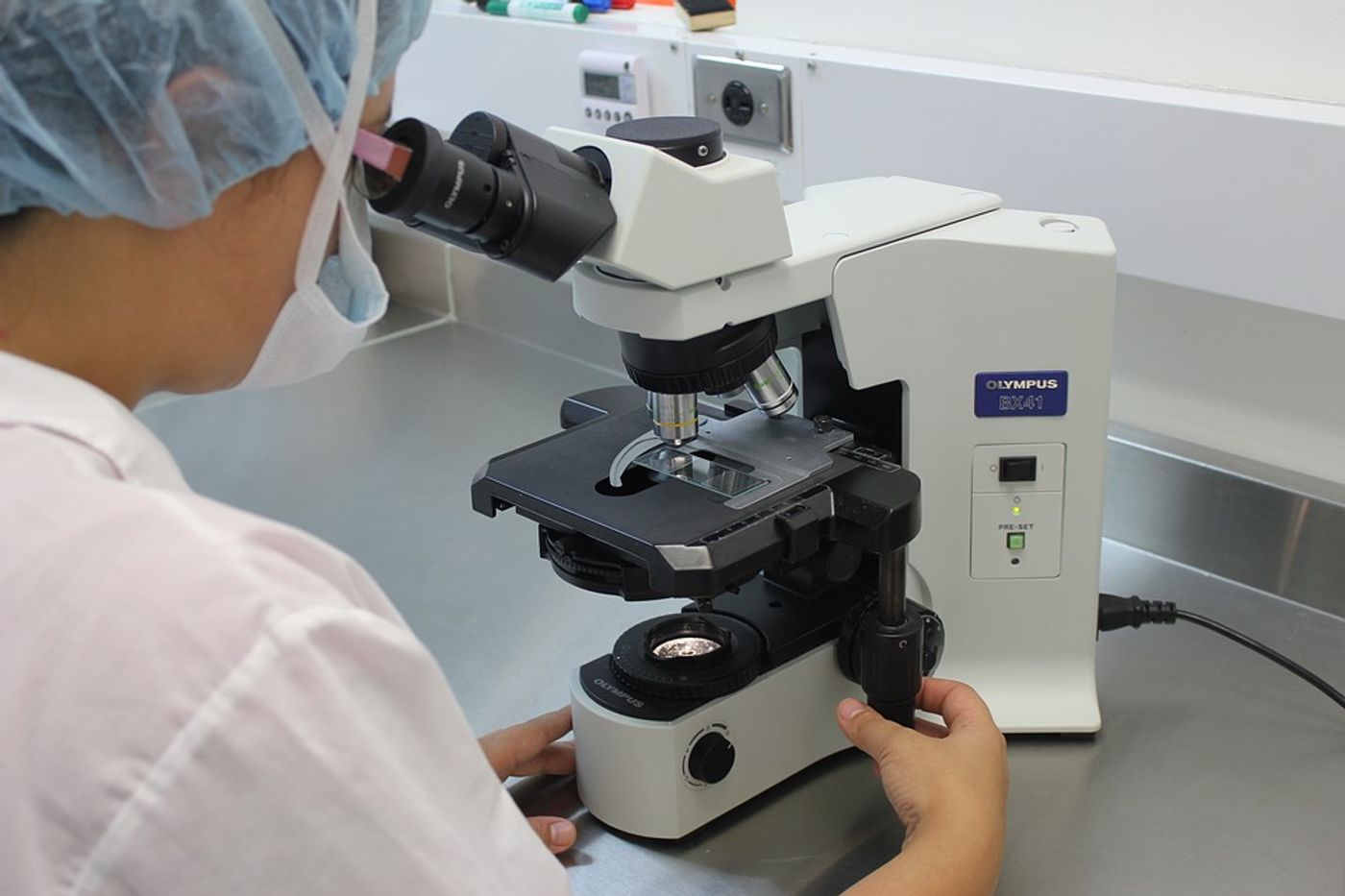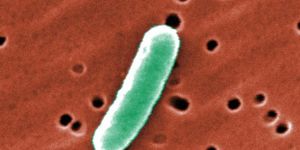How radiomics can help detect lung cancer
A new study published in the journal Nature Scientific Reports offers an alternative form of lung cancer screening using radiomics. Current screening is conducted using low dose computed tomography (CT) while effective in certain scenarios, CT screening has its limitations. The new technique, described by researchers at the Moffitt Cancer Center, is better adept at identifying early-stage lung cancer patients who may be at high risk for poorer outcomes.
"Our goal was to use radiomic features to develop a reproducible model that can predict survival outcomes among patients who are diagnosed during a lung cancer screening," said lead author Jaileene Pérez-Morales, Ph.D., who is a postdoctoral fellow at Moffitt.
Radiomics is a method that extracts large amounts of features such as biomarkers from radiographic medical images using data-characterization algorithms. According to Eureka Alert, radiomics “has advantages over circulating and tissue-based biomarkers because radiomic features are calculated from standard-of-care imaging and reflect the entire tumor burden, not just a sample of the tumor.” Watch the video below to learn more about radiomics.
In conducting the study, the researchers analyzed data of lung cancer tumors in order to compare low dose CT and standard chest x-ray screening methods. From their analysis of the size, shape, volume, and texture of the tumors, the scientists developed a model to identify and stratify patients based on risk level and radiomic features. This model can then predict which patients may require frequent follow-up therapy based on the identified radiomic features.
The researchers say that early detection by this method could help identify which patients require aggressive adjuvant therapy. "Identifying predictive biomarkers that detect aggressive cancers or those that may be slowly developing and non-emergent is a critical unmet need in the lung cancer screening setting," said Matthew Schabath, Ph.D., an associate member of the Cancer Epidemiology Department at Moffitt. "Additional research is needed to inform us on the potential translational implications of this model, but it could make a major impact on saving lives by identifying lung cancer patients with an aggressive disease while also sparring others from unnecessary therapy."
Sources: Nature Scientific Reports, Eureka Alert









